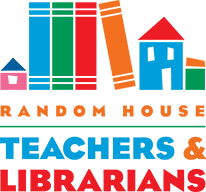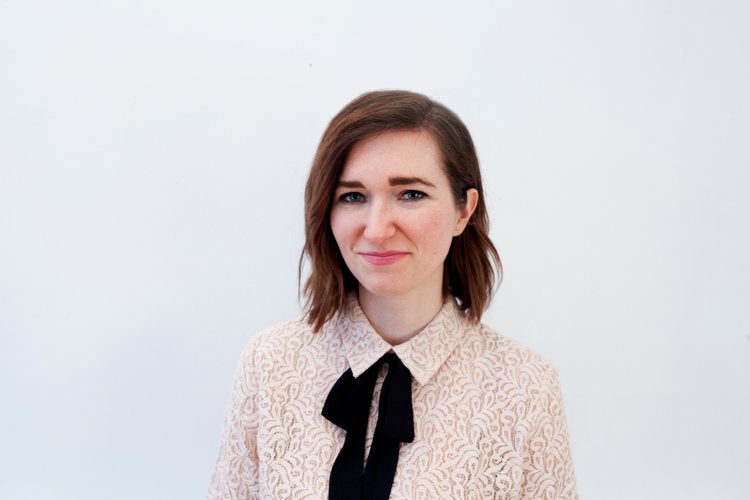Katie Heaney Author Essay
I Wrote a Book for Teens Because I Miss Reading Like One
Before I started writing YA, I was resistant to the idea. I’m in my thirties and didn’t know if I could convincingly channel a seventeen-year-old’s concerns and sensibilities. But since I started writing books, which was eight years ago now, I’ve been told that my voice is “girlish” and “young”—sometimes a compliment, sometimes not. Probably all writers want to be taken seriously, and being told you should think about writing for teenagers is bound to agitate. There are serious and beautifully written YA books, but they’re not considered literary, usually. None of the four books I’ve written for adults are considered literary, either, but at least I could say they were read by people my age—as if age confers taste, or seriousness.
Then, after my fourth book came out, I felt disillusioned and uninspired by the idea of proceeding as usual. I was bored with all the latest, most-acclaimed novels I was reading, and struggling to find ones I liked enough to finish. I missed reading like a kid, when I spent the summers checking out six books at a time from the library, reading in bed for hours every morning and night. I tracked my summer reading on printouts from the library, filling in the illustrated clocks with Magic Markers and drawing extra, lopsided clocks on the sides when I ran out.
I am still a book person, but I don’t read like that now. As a kid I could read Harry Potter for eight hours straight without blinking. As a kid, I was so passionate about the Baby-Sitters Club that I wrote a letter to Ann M. Martin to ask why the baby-sitters never aged. I received a polite, typed response explaining that if the baby-sitters aged, there’d be no club. A good point, considering I never wanted it to end. My letter came with a signed photo, and I remember licking my thumb and running it over the signature to see if it smeared. (It didn’t, but I didn’t care. There was no way anyone else could have sent it.)
This, I decided, was the kind of reader I wanted, and wanted to be.
So, with the encouragement of an auspiciously timed email from the woman who would become my YA editor, I started writing a version of a love story I’ve heard recounted dozens of times over the past five years: two fourteen-year-old girls come out to each other, then fall in love. This was the draft that would eventually be a book called Girl Crushed. One of those girls is now my wife, and the other, the best friend she met in middle school. I’m amazed by their luck as much as their bravery. Now it may not be so unusual for two queer suburban high school girls to find each other, but in 2002, it was miraculous.
I was a happy-enough kid in high school: I wasn’t popular, but I wasn’t bullied or paid much attention to at all, which I think was my goal. I avoided dances. I didn’t date or kiss anyone, or ever break curfew, or smoke a cigarette, or sneak out of my house in the middle of the night. Every year I assumed that the next year would be the year I got a boyfriend—“got,” as if I’d wake up one morning and find him on my doorstep. In my 420-person class, there was not a single out gay student. The idea that I might be anything different from everybody I knew and every story I saw on TV never occurred to me.
Young people growing up today have so many more types of teenage stories available to them, but just because there are more doesn’t mean there are enough. In writing Girl Crushed, I wanted to see a story I couldn’t have imagined existing when I was fifteen or sixteen, and one I think kids today still need. I wanted main characters who were already out, for whom their sexual identity wasn’t a crisis. This is not to say they have everything figured out—that would be unrealistic, and boring. But among the many teenage struggles Quinn Ryan faces, her sexuality isn’t really one of them.
Coming out wasn’t like that for me, a fact with which I’ve (mostly) made my peace. Sexual identity can be nuanced and confusing and fluid, and you can be twenty-eight before you figure out you’re gay. That’s valid, too. Still, I think if I’d known a girl like Quinn Ryan in high school (or even read about her), it might have changed my life. And if she—and Jamie and Ruby—can do that for young people reading my book today, I will feel I’ve done my job. Which is not to say that this book is only for queer people, whether they do or don’t know they’re queer yet. Straight kids should read books by and about queer people. White people should read books by and about black people. Cis people should read books by and about trans people. Relatability and representation are incredibly important, especially to young people, but they are also only the beginning, and reading can teach us so much more than that.
Girl Crushed
Leah on the Offbeat meets We Are Okay in this pitch-perfect queer romance about falling in love and never quite falling out of it–heartbreak, unexpected new crushes, and all.
Before Quinn Ryan was in love with Jamie Rudawski, she loved Jamie Rudawski, who was her best friend. But when Jamie dumps Quinn a month before their senior year, Quinn is suddenly girlfriend-less and best friend-less.
Enter a new crush: Ruby Ocampo, the gorgeous and rich lead singer of the popular band Sweets, who’s just broken up with her on-again, off-again boyfriend. Quinn’s always only wanted to be with Jamie, but if Jamie no longer wants to be with her, why can’t Quinn go all in on Ruby? But the closer Quinn grows to Ruby, the more she misses Jamie, and the more (she thinks) Jamie misses her. Who says your first love can’t be your second love, too?




